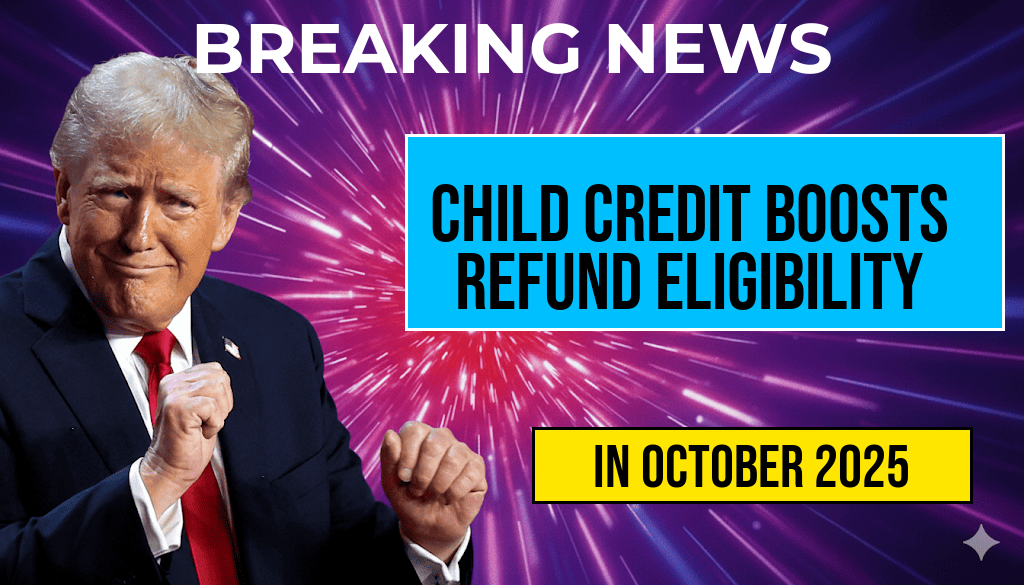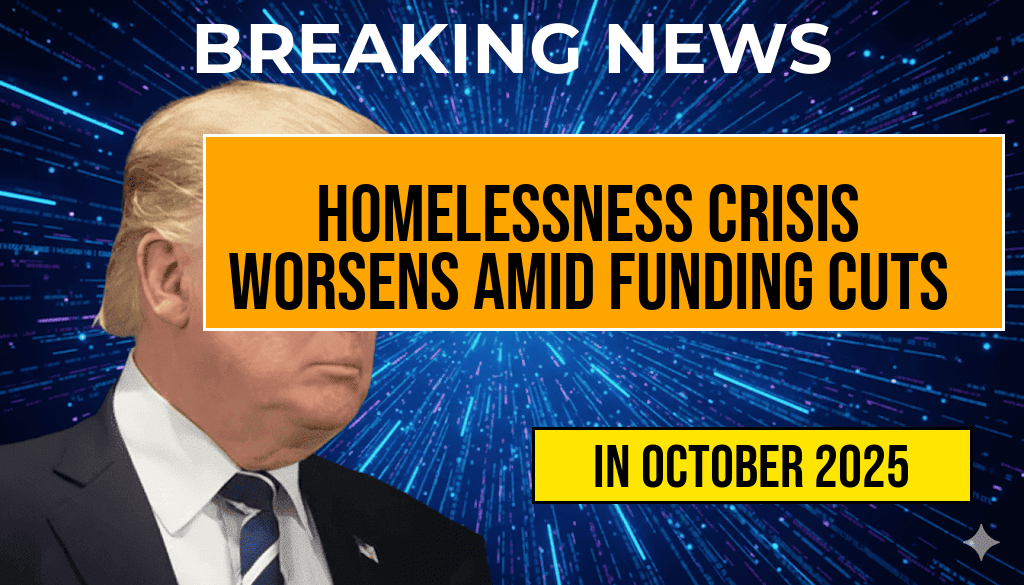The recent expansion of the Child Tax Credit (CTC) has significantly increased the number of families qualifying for refunds, with a notable boost from the $2,200 credit amount. This change, driven by recent federal legislative adjustments, aims to provide broader financial relief to low- and middle-income households navigating rising childcare and living costs. As eligibility criteria evolve, more families are discovering they qualify for refunds, which can translate into substantial economic support. Experts highlight that this shift not only alleviates immediate financial pressures but also influences long-term economic stability for families across the country.
Understanding the New Child Tax Credit Framework
Legislative Changes Expand Eligibility
The American Rescue Plan Act of 2021 marked a pivotal moment for family financial assistance, temporarily increasing the Child Tax Credit to up to $3,600 per child under age 6 and $3,000 for children aged 6-17. While some provisions expired at the end of 2021, ongoing legislative adjustments and IRS guidance have sustained and expanded eligibility parameters. The current framework emphasizes inclusivity, allowing families with lower incomes to benefit from larger refunds, especially those who previously fell outside eligibility thresholds.
How the $2,200 Child Credit Affects Refund Eligibility
At the core of recent changes is the increase of the child credit amount to $2,200 per qualifying child. This enhancement means families with incomes below certain levels can now access higher refundable amounts, boosting their overall tax refunds. The refundable portion, known as the Additional Child Tax Credit (ACTC), enables qualifying families to receive the full benefit even if their tax liability is minimal or zero. As a result, more households are now able to claim refunds that directly support their household budgets.
Who Benefits Most from the Expanded Child Credit?
Income Thresholds and Family Profiles
| Family Income Level | Qualifying Child Age Range | Maximum Refundable Credit |
|---|---|---|
| Below $75,000 (single filers) | Under 17 | $2,200 |
| $75,000 – $100,000 | Under 17 | Partial refund eligibility |
| Above $100,000 | Under 17 | Limited or no refund |
Families earning less than $75,000 are most likely to fully benefit from the $2,200 refundable credit, especially with children under 17. Higher-income families may still qualify for partial credits, but the full refundability primarily favors lower-income households. This targeted approach aims to reduce child poverty levels and provide more equitable support across socioeconomic brackets.
Impact on Child Poverty and Economic Stability
Studies from organizations like the Wikipedia page on Child Poverty in the U.S. highlight how enhanced tax credits have historically contributed to reductions in child poverty rates. Increased refund eligibility means more families can cover essential expenses such as housing, food, and healthcare, directly affecting children’s well-being and development. Economists note that these financial inflows can stimulate local economies as families reinvest their refunds into community businesses and services.
Practical Steps for Families to Maximize Benefits
Filing Strategies and Documentation
- Ensure Accurate Income Reporting: Families should verify their income levels and ensure all sources are properly documented to determine eligibility.
- Claim All Eligible Children: Confirm that all qualifying children are correctly listed on tax returns to maximize credits.
- Utilize IRS Resources: The IRS offers tools and guidance for families to understand their eligibility, including the Child Tax Credit Portal.
Additional Assistance Programs
Beyond the Child Tax Credit, families may also qualify for other benefits like the Earned Income Tax Credit (EITC) or Supplemental Nutrition Assistance Program (SNAP). Combining these programs can amplify financial support, especially for those facing economic hardship.
Looking Forward: Policy Implications and Future Outlook
Lawmakers continue to debate the scope and permanence of expanded child benefits, with proposals aimed at making the increases permanent and more inclusive. The Biden administration has expressed interest in maintaining and strengthening these policies to foster economic resilience among vulnerable populations. As the landscape evolves, families are encouraged to stay informed through official IRS updates and community support resources.
For more information on eligibility and filing tips, visit the IRS Child Tax Credit page or consult trusted financial advisory sources like Forbes or the official [U.S. Government](https://www.usa.gov/taxes).
Frequently Asked Questions
Question
What is the Child Credit of $2,200 and how does it benefit families?
Question
How does the Child Credit affect families’ eligibility for refunds?
Question
Which families are now more likely to qualify for refunds due to this Child Credit change?
Question
Are there any income limits or criteria to qualify for the Child Credit of $2,200?
Question
How can families claim the Child Credit on their tax returns?








